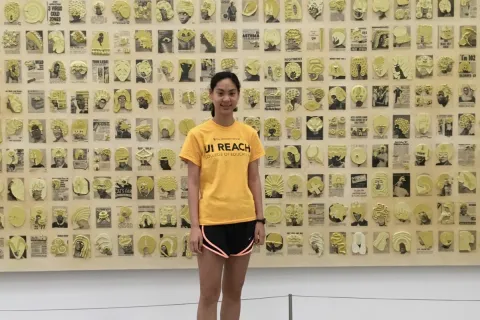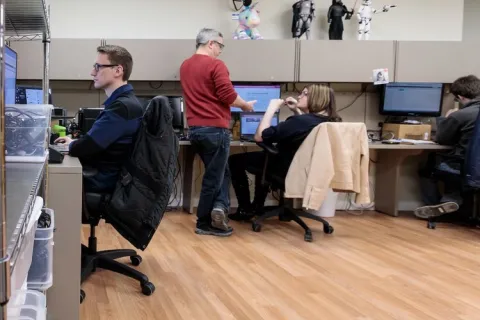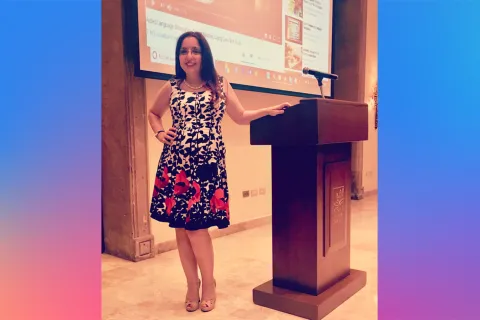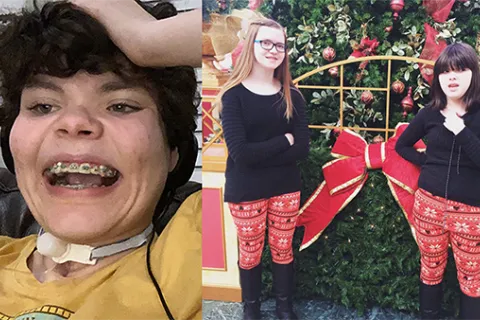Tips for Supporting Social Interaction in Youth Groups
Leading the Way: Autism-Friendly Youth Organizations
People with autism often have the desire to interact with others, but they may not have the skills to engage appropriately or may be overwhelmed by the process. Some youth are painfully aware of their social deficits and will avoid interactions even though they may want to connect with others. Or they could go in the opposite direction and engage in attention seeking behavior to connect with others until they build the skills they need to interact.
Here are some tips to support social interaction in youth groups:
- Extend a feeling of welcome and model for other participants that the youth with autism is a valued part of the group.
- Get to know the youth with autism and meet him where he currently is in terms of social skills and interests.
- Be aware that free play or other unstructured times are the most difficult for people with autism. Think about how to impose some structure on these activities.
- People with autism often have a difficult time maintaining eye contact. Insisting on eye contact can cause additional stress.
- Youth with autism, especially those who are more verbal, can be the target of teasing and bullying. They often do not pick up on nonverbal cues such as tone of voice or the hidden intention of a request or comment. They often go along with the teasing or bullying because they do not identify that it has a negative intent. The desire to make friends and their difficulty doing so, means they often encounter peers with negative intentions. Be on the lookout for this and respond quickly if teasing/bullying becomes an issue.
- Many people with autism are very logical and will always play according to the rules. If the rule is that basketballs are not allowed outside at a particular time, a participant may become agitated if they come out for a special activity. Similarly, he may not understand special circumstances in game play such as penalty shots, and his insistence on following the rules he has learned could become problematic.
- Identify peers who model strong social skills and pair the youth with autism with them. Provide peers with strategies for eliciting communication, but be careful not to turn the peer into a teacher. Strive to keep peer interactions as natural as possible.
- During group activities, define his role and responsibilities within the group. Assign a role or help him mediate with peers as to what he should do. Rotate roles to build flexibility and broaden skills.
- If you leave it up to the group to pick partners, youth with autism are sometime chosen last, causing unnecessary humiliation.








